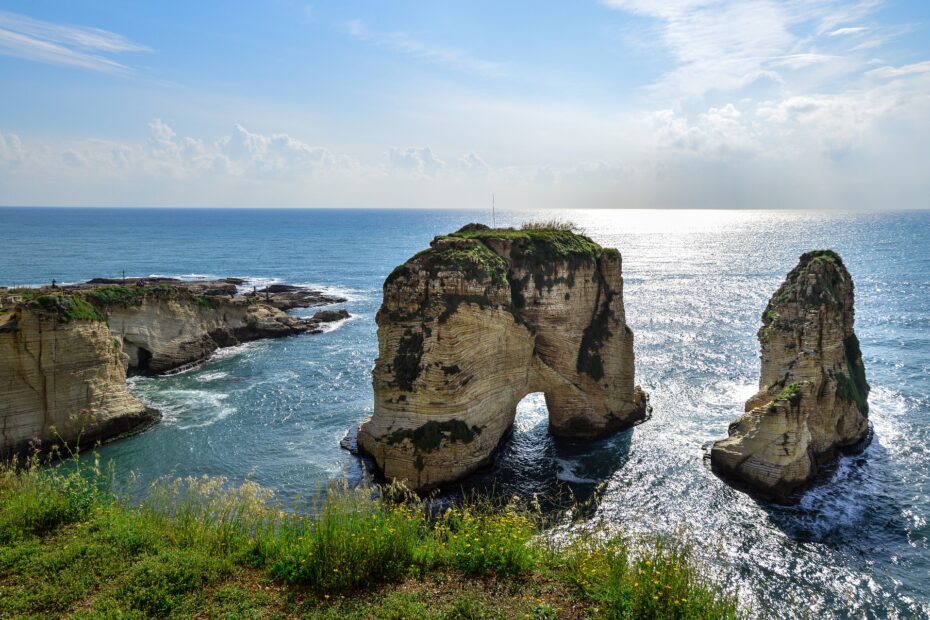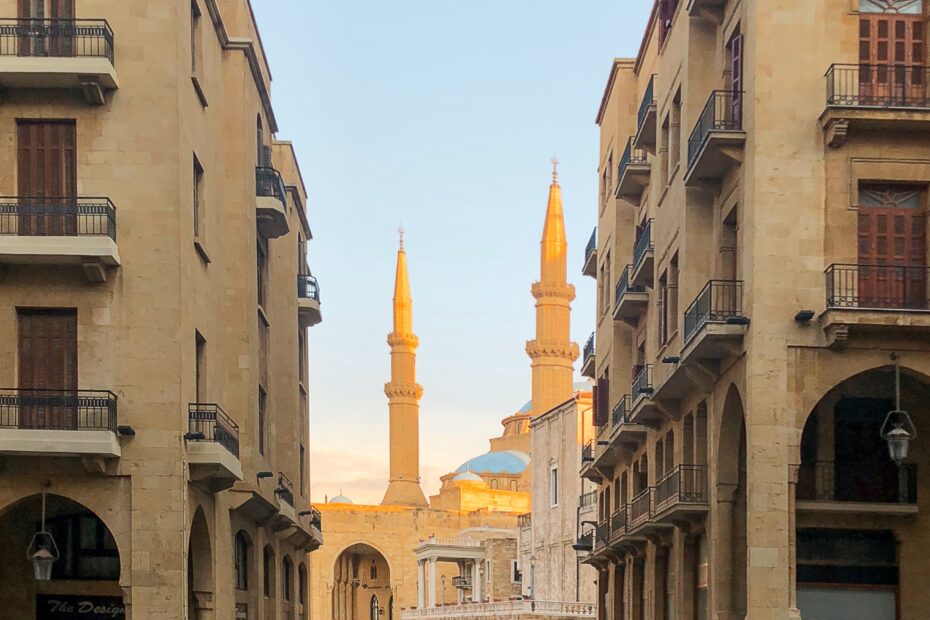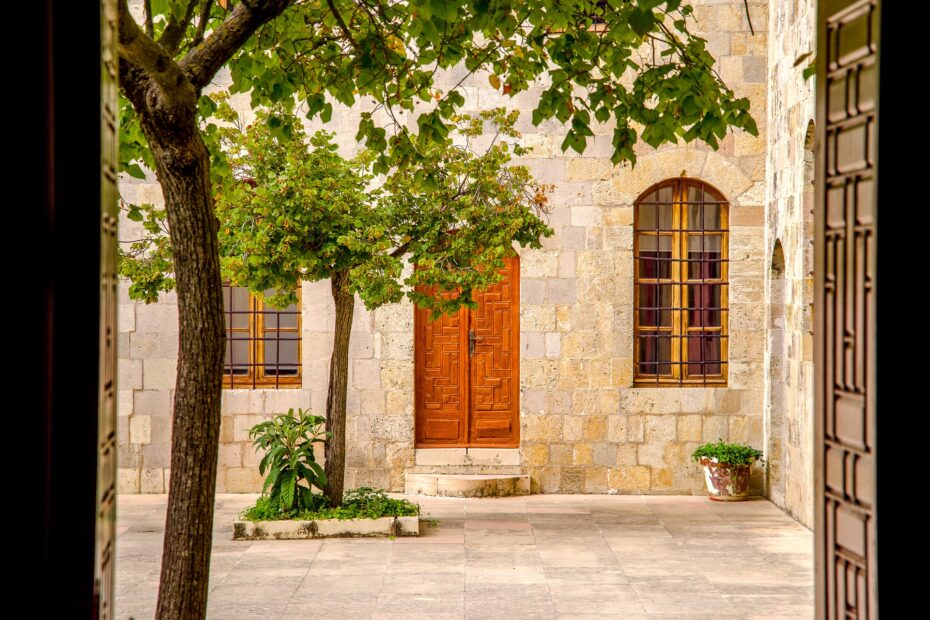Lebanon's Biosphere
(6 days / 5 nights)
Arrival at Beirut International Airport. Once you have completed the immigration and customs formalities, our representative ADONIS TRAVEL & TOURISM will welcome you and you will be transferred to your hotel for the night.
After breakfast, departure by 4 × 4 to the attractive forested slopes of Chouf Mountain. Here you can experience the beautiful end of the 18th century with the Beiteddine Palace, the most beautiful example of Lebanese-Ottoman architecture in the country. Then continue to the Barouk Nature Reserve: walk in the reserve where it is estimated that some trees are more than 2,000 years old. The size and location of the reserve are ideal for the conservation of mammals, such as the wolf and the jungle cat of Lebanon, as well as several species of birds and mountain plants. Return to the hotel to spend the night.
Discover the West Bekaa district by 4 × 4, we will start with a stop near the Qaraoun lake and visit the Tanayel farms. In 1860, Napoleon III left 200 hectares in Taanayel to the Jesuit fathers. Originally a swampy land, the monks turned the area into agricultural land. They established a large farm, school, and seminary. We continue down the road to Baalbeck to visit the World Heritage site that continues to impress. The complex is accessible by a monumental staircase, and then continues through the Propyleo and two impressive marble courtyards to the Temple of Jupiter, one of the largest temples ever built. To the south is the beautifully decorated Temple of Bacchus. The building is in a good state of preservation despite its small size compared to the Temple of Jupiter.
After breakfast, departure to Qornet es-Sawda from Mount Makmel, which is located at an altitude of 3,088 m, about 6 km from the Institute of Cedars, it is the highest peak in Lebanon. A round trip hike takes all day, the hike is not too difficult, however in winter the snow can be deep. Upon reaching the top, we get a magnificent view that extends towards the sea if the visibility is clear. After this busy day, we will continue towards the coast to reach the picturesque town of Byblos for the night.
A modern and prosperous city, built on multiple layers of ruins, Byblos is a blend of sophistication and tradition. A contender for the title of “the oldest continuously inhabited city”, Byblos is part of the coastal area that was formerly known as Canaan or Phenicia. Modern scholars believe that the city of Byblos was founded at least 7000 years ago (5,000-4,000 BC). The current name of the city comes from the Greek word “papyrus” (paper). Byblos was not only a great commercial center and producer of papyri, it is also famous for being the city where Phoenician scholars created the world’s first alphabet. The range of ruins consists of Stone Age huts, a Roman theater, a Persian fortress, and an impressive Crusader castle. Stroll through the medieval quarter of the city and explore the old souks (markets), the ramparts, and several beautiful old churches. The small port was once a thriving trading center used to ship cedar lumber around the region in ancient times. Visit the wax museum and the fossil museum to discover the political and natural history of the region. An international music festival takes place in Byblos every summer. After visiting this charming city, we headed to Jisr El Hajar: an impressive natural limestone bridge, located on the outskirts of Faqra and about 3 km from Faraya. The bridge is 34 meters long and 15 meters high, and crosses the Nahr Al Laban river. Although it is so well carved that it appears to have been man-made, it has actually been carved by wind and water throughout the centuries. Cross the surrounding mountains to reach Beirut at night.
Transfer to Beirut International Airport and departure.




